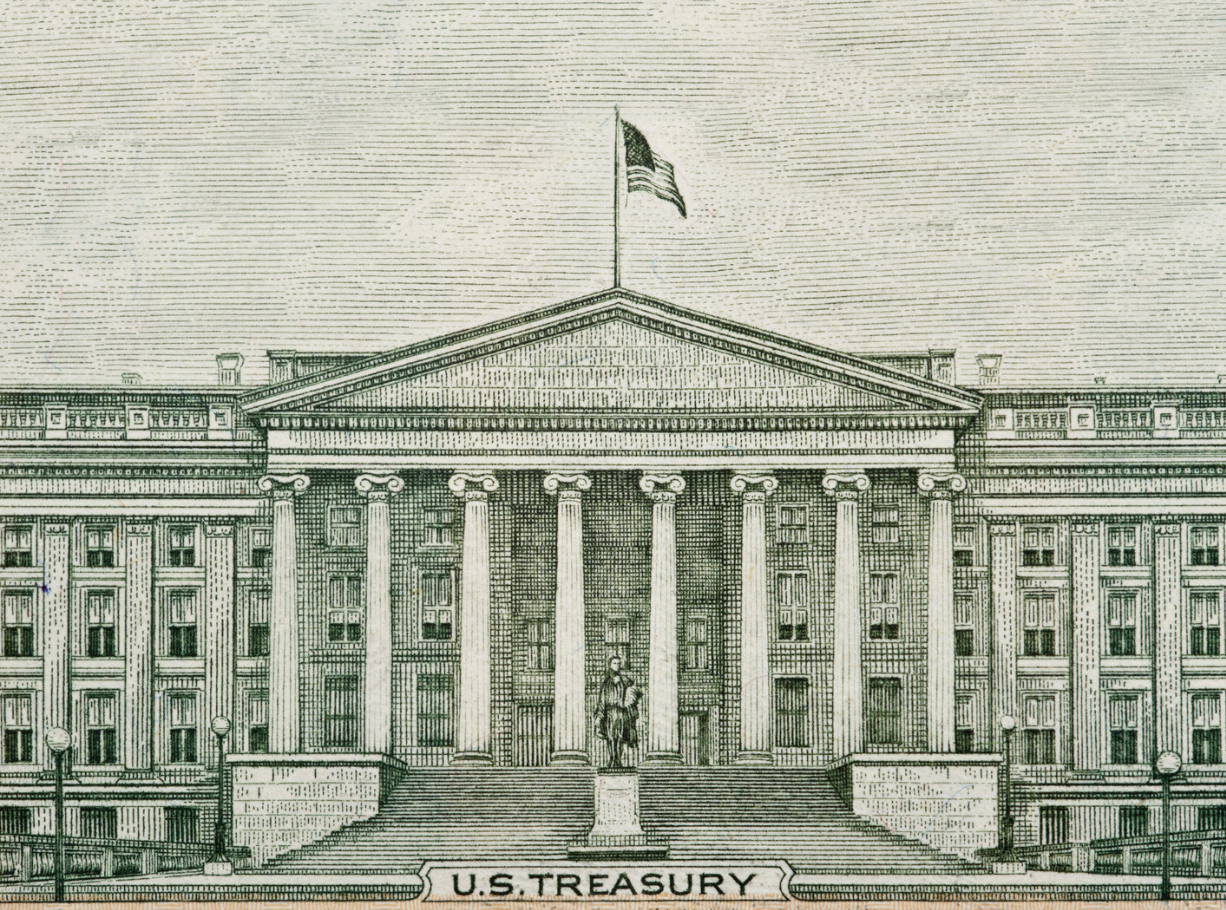The U.S. government is projected to spend over $1 trillion on interest payments this year, marking the first time in history that these payments have surpassed military spending. According to the Treasury Department’s latest monthly budget report, interest payments on the national debt will total $1.2 trillion by the end of the fiscal year in October. This makes interest outlays the third-largest expense in the federal budget, trailing only Social Security and Medicare.
Economists are increasingly alarmed by the economic impact of these escalating interest payments. In 2023, they accounted for 2.4% of the U.S. gross domestic product (GDP), and the Congressional Budget Office (CBO) projects this figure could climb to 3.9% over the next decade.
Why Are Interest Payments So High?
Two major factors are driving the surge. First, the government borrowed heavily during the pandemic, injecting trillions into the economy to support households and businesses without raising taxes. Second, the Federal Reserve’s interest rate hikes—aimed at controlling inflation—have increased the cost of servicing this debt.
Although the Fed is expected to begin lowering interest rates soon, the burden of these payments on the federal budget is likely to intensify in the years ahead.
The trajectory of the U.S. budget deficit could also be influenced by the outcome of the upcoming presidential election. Both former President Donald Trump and Vice President Kamala Harris have put forward proposals involving tax cuts and increased spending, which could further widen the deficit. While Harris suggests offsetting costs with tax hikes on corporations and the wealthy, Trump’s plan to impose tariffs on foreign goods has drawn skepticism from economists regarding its ability to generate significant revenue.





